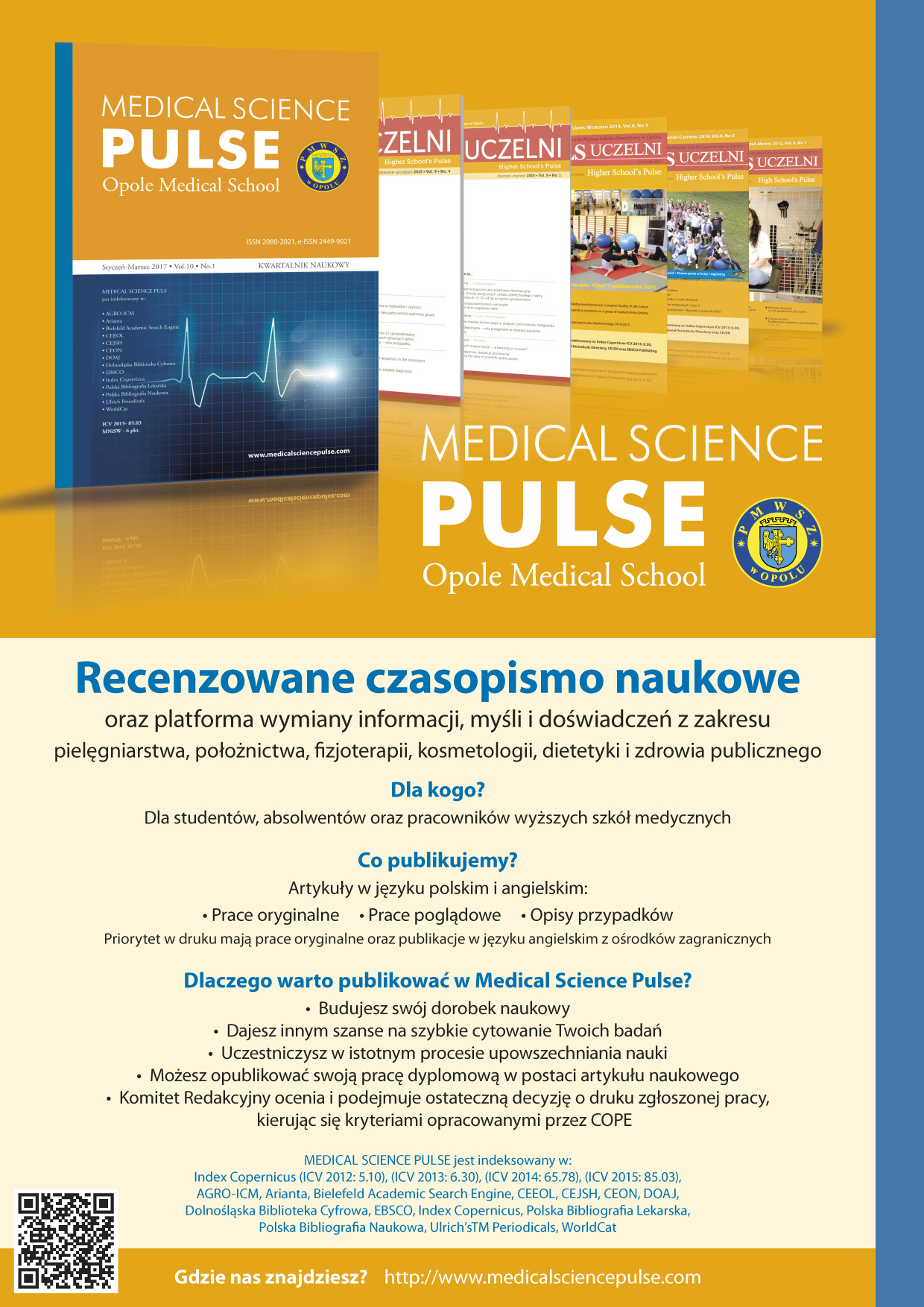Soccer players' injuries at different levels of the sport
Soccer players' injuries at different levels of the sport
Soccer players' injuries at different levels of the sport
Author(s): Karol Pilis, Anna Pilis, Damian Miarczyński, Krzysztof Stec, Sławomir Letkiewicz, Wiesław PilisSubject(s): Social Sciences, Welfare services, Sports Studies
Published by: Państwowa Medyczna Wyższa Szkoła Zawodowa w Opolu
Keywords: soccer injuries; treatment; prevention
Summary/Abstract: Introduction: Soccer players are injury prone, and increasing competition - especially at the highest level - leads to increasing training loads, and these may contribute to more injuries to players. Hence, the aim is to increase preventive measures and treatment in this field. Aim: The paper examines soccer players’ susceptibility to injuries occurring at different levels of the sport’s development, and describes the accompanying conditions. Materials and Methods: The study involved 215 players of different levels, of which 105 came from the II and III league clubs (group I) and 110 from IV league clubs (group II ). The conducted research was based on a diagnostic survey using an anonymous questionnaire containing 15 questions developed by the authors. Results: Similar traumas (injuries) were observed among respondents of both groups. Group I had suffered injuries in the case of 92 (87.62%) respondents, while Group II contained 87 (79.09%) subjects who had suffered injuries. Group I trained harder than Group II , but the nature of the injuries was similar for all the players. The surveyed Group I had 100% access to physio-therapeutic help; in Group II this was the case for only 48 (43.64%) subjects. Group I also applied preventive anti-injury measures to a greater extent than Group II , in the form of pre-training warm-ups and post-training stretching and loosening. Conclusions: Among the more advanced soccer players there was a trend toward more traumas with similar kinds of sustained injuries, despite the greater availability of physiotherapy care and their use of more antiinjury prevention techniques than in the group representing the lower levels of sport advancement in soccer. This adverse effect is associated with the more intense training and training loads of the more advanced players
Journal: Medical Science Pulse
- Issue Year: 11/2017
- Issue No: 2
- Page Range: 10-16
- Page Count: 7
- Language: English

